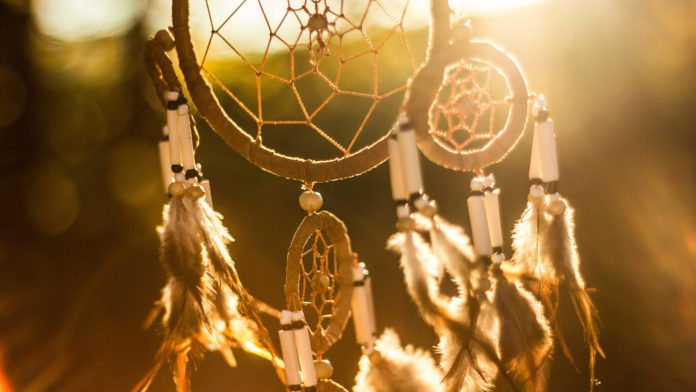The dark legacy of residential schools has lasting effects on today’s youth, triggering the suicide crisis that continues to prompt communities in the north to call states of emergency. These government-sanctioned programs destroyed indigenous culture by tearing an estimated 150,000 First Nations children from their families and their homes, and the last one closing as recently as 1996.
Subjected to childhood abuse and neglect, many former students of residential schools are now struggling to form supportive homes for their own children. This is one powerful factor in a history of cultural assimilation and substandard housing conditions that some remote First Nations communities face, each of which contributes to the crisis in struggling communities.
Home to only 2,000 residents, Attawapiskat saw over 100 suicide attempts in the past year. The youngest person was only 11 years old.
Last month, at the final Tragically Hip concert, with Canadians from coast-to-coast watching live, lead singer Gord Downie called on Prime Minister Justin Trudeau to take action. Downie called the crisis in the north “worse than it’s ever been,” shining a national spotlight back onto the ongoing issues.
While the statistics are staggering, the personal anecdotes are perhaps even more powerful. The Toronto Star reported that Liberal MLA Judy Klassen noted that she and others carry box-cutters around their First Nations community because “you never know when you will come across a child hanging from a tree. This is our nightmarish reality.”
How do we begin to heal the dark legacy of residential schools?
With a problem this deep and complex, it can be hard to know where to begin. Canada’s Truth and Reconciliation Commission (TRC) issued 94 official recommmendations in its final report, and Prime Minister Trudeau has committed to fulfilling all of them.
The TRC found that preventing First Nations children from speaking their native languages was one of the most effective tools for their cultural assimilation. This loss of cultural identity has left a void that is still felt in many communities.
It turns out that restoring indigenous languages may be one of the strongest tools to help the same communities heal.
A sense of belonging is critical to healthy and resilient communities. Christopher Lalonde, professor of psychology at the University of Victoria, studies remote indigenous communities that span the spectrum, from places with high rates of suicide, to others where suicides are very rare.
His work suggests that suicide should not be viewed on an individual level, but instead as a community or cultural phenomenon. Being surrounded by elders, traditional foods, native languages, and cultural history all have protective effects for communities as a whole.
In fact, Lalonde found that “cultural health” is a better predictor of suicide rates than the usual risk factors, such as employment rates, education level, and access to adequate housing.
Lalonde also suggests that the most effective solutions are going to come locally, as community members are each other’s best network: culturally sensitive, personally connected, and immediately available to provide support.





































